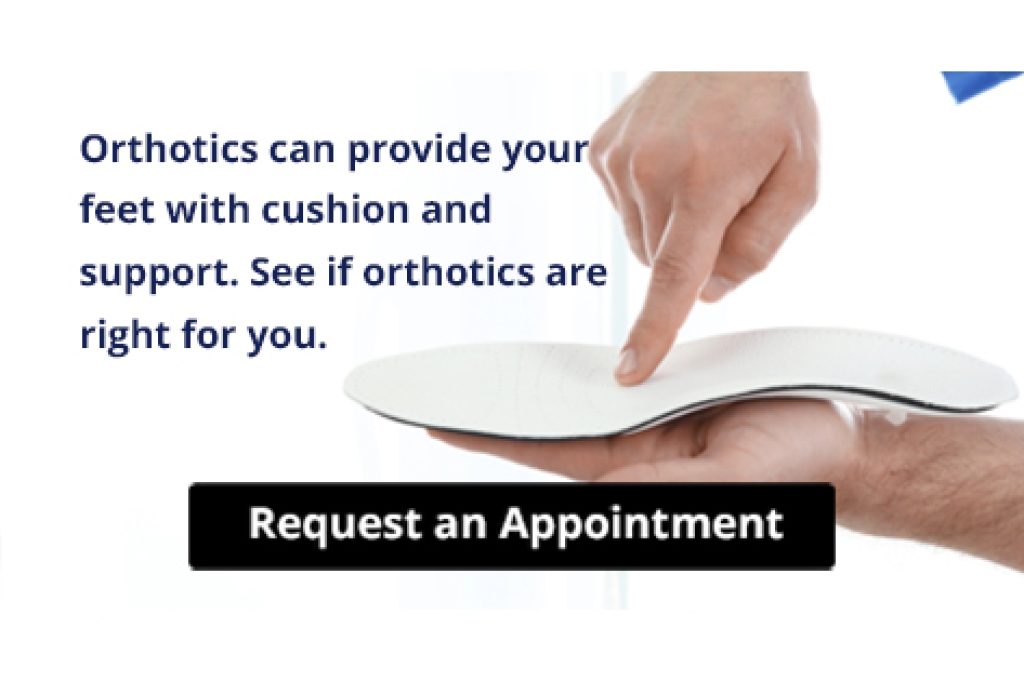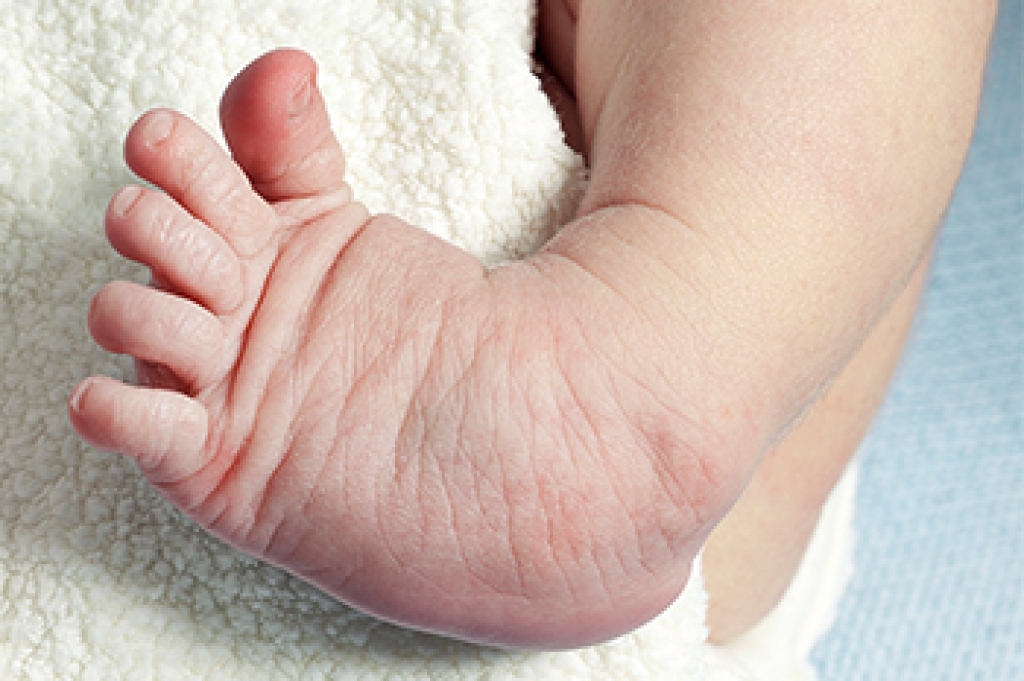
The Achilles tendon, which connects the calf muscles to the heel, can become irritated or damaged when it is placed under repeated stress. Many people notice a gradual ache above the heel that feels worse during activity and eases with rest. Others experience stiffness in the morning, swelling along the back of the ankle, or tenderness when pressing on the tendon. Sudden increases in exercise, tight calf muscles, wearing unsupportive footwear, or changes in walking surfaces can all contribute to strain. In more severe cases, sharp pain or difficulty pushing off the foot may indicate a partial tear. Early awareness helps prevent further injury and supports a smoother recovery through stretching, wearing proper footwear, and activity changes. If you continue to feel discomfort or notice swelling along the tendon, it is suggested that you schedule an appointment with a podiatrist for an evaluation and appropriate treatment.
Achilles tendon injuries need immediate attention to avoid future complications. If you have any concerns, contact one of out podiatrists of Alta Ridge Foot Specialist. Our doctors can provide the care you need to keep you pain-free and on your feet.
What Is the Achilles Tendon?
The Achilles tendon is a tendon that connects the lower leg muscles and calf to the heel of the foot. It is the strongest tendon in the human body and is essential for making movement possible. Because this tendon is such an integral part of the body, any injuries to it can create immense difficulties and should immediately be presented to a doctor.
What Are the Symptoms of an Achilles Tendon Injury?
There are various types of injuries that can affect the Achilles tendon. The two most common injuries are Achilles tendinitis and ruptures of the tendon.
Achilles Tendinitis Symptoms
- Inflammation
- Dull to severe pain
- Increased blood flow to the tendon
- Thickening of the tendon
Rupture Symptoms
- Extreme pain and swelling in the foot
- Total immobility
Treatment and Prevention
Achilles tendon injuries are diagnosed by a thorough physical evaluation, which can include an MRI. Treatment involves rest, physical therapy, and in some cases, surgery. However, various preventative measures can be taken to avoid these injuries, such as:
- Thorough stretching of the tendon before and after exercise
- Strengthening exercises like calf raises, squats, leg curls, leg extensions, leg raises, lunges, and leg presses
If you have any questions please feel free to contact our offices located in Mars Hill, Spruce Pine, and Boone, NC . We offer the newest diagnostic tools and technology to treat your foot and ankle needs.




